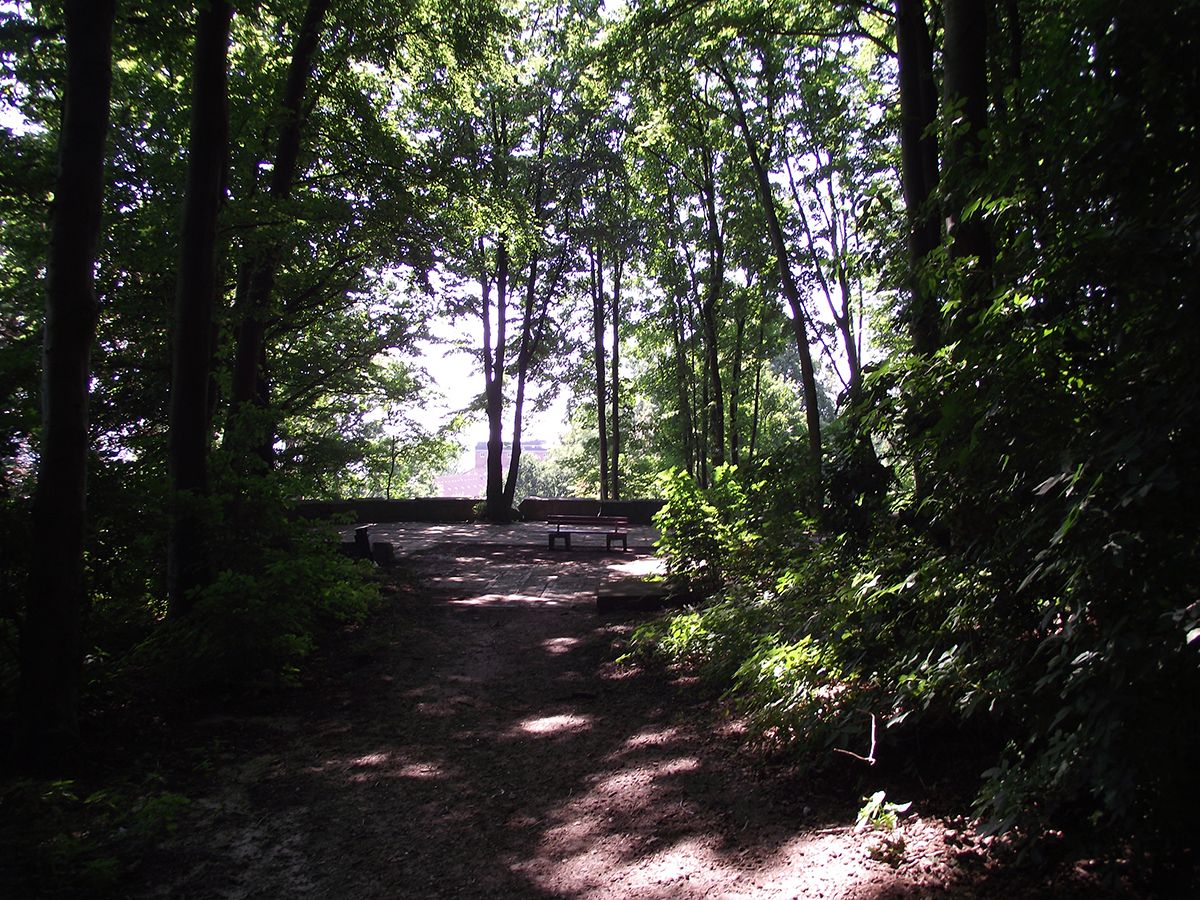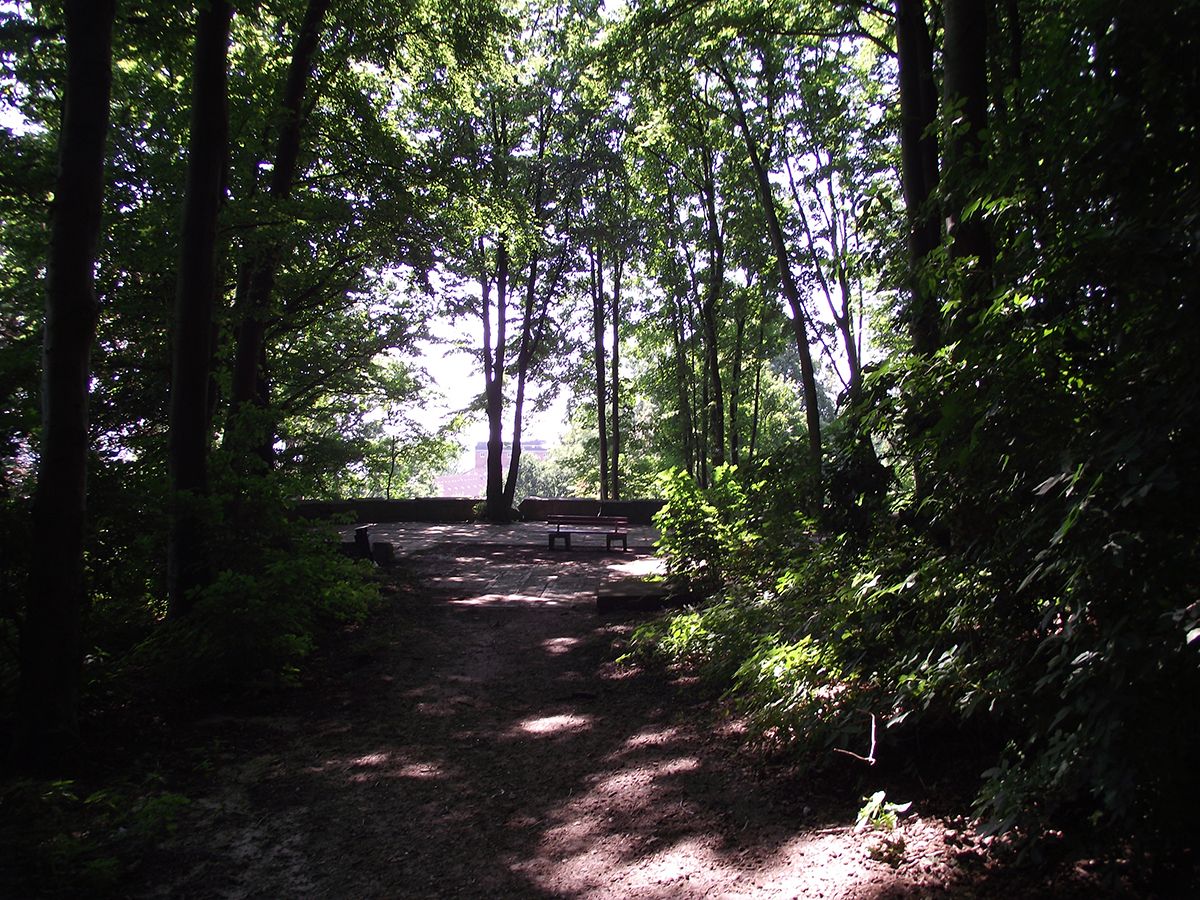Hotel Indigo and On The Grid value your feedback.
Please complete a quick 2 minute survey to tell us about your experience.
In the beginning of the 19th century Schleswig-Holstein and the city of Kiel belonged to the kingdom of Denmark. In 1807 the city of Kiel purchased a small area on the southern part of the Düsternbrooker grove, where you have a picturesque view over the Kiel Castle, the city & the Kiel Canal. The danish builder Axel Bunden constructed a Pavillon in form of an antique temple that was used as a tea house there. 1808 the danish Queen Marie gave birth to her daughter Wilhelmine in the Kiel Castle. Regarding to this occasion, the pavilion & the area surrounding it were given to her as a gift – the area was named 'Marienhain' and the pavilion was from known as 'Marientemple'. In 1873 her daughter Wilhemine transferred the ownership of the Marienhain back to the city of Kiel. By the time the Marienhain sunk into oblivion. In 1934, the former Marientemple was modified into a memorial consisting a hall with an eternal flame and a list of the names of the dead soldiers from World War I. The memorial was destroyed during the second World War and an anti-aircraft gun was installed. 1948 The remains of the building were torn apart – only the platform and the old beech trees have been preserved.


Please complete a quick 2 minute survey to tell us about your experience.